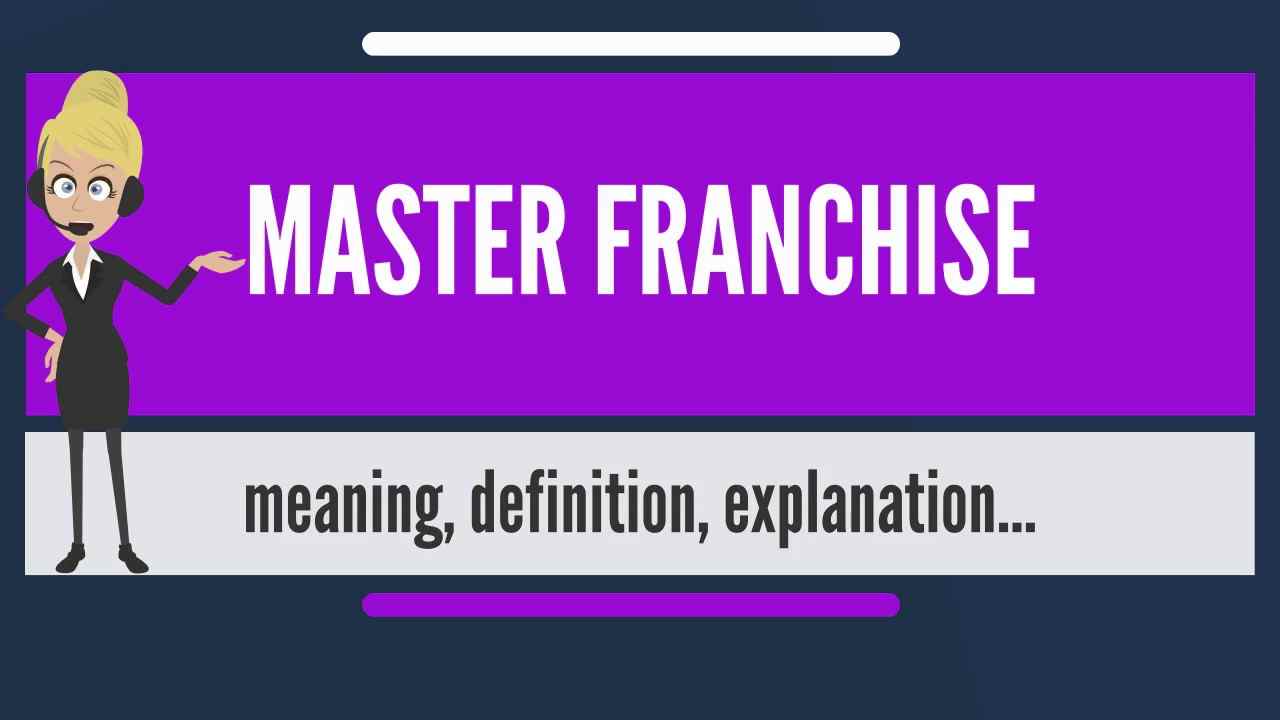How Much Sub Broker earns – was this the first question that cropped up in your head when you thought about becoming a sub-broker yourself?
Well, don’t worry, this is a pretty normal confusion one may have before he/she looks to enter any business!
However, when it comes to the sub-broking business, it is one of the best businesses in the field of finance. The reasons we say this is because of its low initial investment, high support from the stockbroker, low risk involved, and also it provides an opportunity to work under a known brand name.
But again, the million-dollar question is how much a sub-broker earns? You would want to know the answer to that is because the main motive of doing any business is to earn a high profit, especially if you want to become a sub-broker, right?
A sub-broker earns a certain percentage or fixed amount through the commission generated by every transaction of his/her client. A sub-broker is an intermediary between the stockbroker and the client who works on behalf of the stockbroker, can earn as much as they have clients. If the client base is strong, the income of the sub-broker will be high.
Since the commission earned by the sub-broker is based on the brokerage fee paid by the clients on per transaction, a sub-broker earns a part of the brokerage fee charged by the clients.
So, at first, It is important to understand the concept of ‘Brokerage Fees’.
Brokerage Fees: If a trading client wants to trade in the share market, he/she will go to the stockbroker or sub-broker. These parties will charge a service fee for the transaction the client carries out through them. That fee is termed as ‘Brokerage fee’.
How much Sub-broker earns: Method of brokerage calculation
To understand how much a sub-broker earns, it is necessary to understand the very first step of this calculation. It starts with the calculation of brokerage generated by the sub-broker.
The brokerage fee charged by a sub-broker is calculated through four specific methods. Or we can say that there are four models which are used to calculate the brokerage fee of a sub-broker.
Here is the list of different methods of brokerage calculation:
- Percentage based
- Lump-sum
- A combination of the two
- And, fixed price brokerage.
Let’s start with the first one ‘ Percentage based. This earning model is a very simple and common way of calculating the earning of a sub-broker. We can clear it with the help of an example.
Percentage based method:
In this model, a percentage of the brokerage is decided between the sub-broker and the client. That fixed percentage is charged as a brokerage fee by the client.
Suppose, a client named Mona has a Demat account with the company XYZ Ltd. In this case, the earning of the sub-broker will be calculated as follows.
Let’s assume that the brokerage charge of XYZ Ltd. is 0.10% of the total turnover. Mona purchased 100 shares of ABC company @ ₹500 each. So, the total turnover on the transaction would be ₹(100*500) = ₹50,000.
Hence, the brokerage fee would be 0.10% of ₹50,000= ₹50.
Remember, this is the overall brokerage generated from this trade, and how much the sub-broker earns depends on the percentage share decided between the two parties i.e. sub-broker and the stockbroker (more on this later).
Lump-sum method:
Under this model, instead of a fixed percentage, a lump sum amount is fixed to charge as brokerage. This amount is decided by the sub-broker.
Suppose, ABC Ltd pre-decides and inform the client about the chargeable amount. Say, in this case, let’s say it would be ₹500 regardless of the value of turnover.
Now, whether the client does a turnover of ₹5k, ₹50k, or ₹50 Lakh, the brokerage has been decided at a fixed amount of ₹500 at the onset.
Combination of the two:
In this method, both the lump sum method and the fixed percentage method is used to calculate the brokerage fee of a sub-broker.
Let’s suppose that the total turnover value is ₹1,00,000.
According to this method, up to ₹40,000, the brokerage fee will be charged on a lump sum basis i.e. a pre-decided price say ₹1,000. And on the remaining amount (₹1,00,000-₹40,000) i.e ₹60,000, the brokerage fee will be charged @ 0.3%.
Hence, under this method total brokerage generated will be (₹1,000+₹180) = ₹1080.
Fixed Price brokerage:
This is the last method of brokerage calculation. Under this method, a flat amount is charged by the sub-broker as a brokerage fee. An amount is fixed by them instead of percentage or turnover value.
Some brokers may charge ₹10 per trade, others may charge ₹20 – it basically varies from one broker to another based on their business goals and objectives.
From the above discussion, the basic thing (brokerage fees or broker fee) required to be known that how much sub-broker earns is relatively clear.
Moving ahead, we will discuss how much a sub-broker earns?
Though in most cases, the stockbroker directly charges the brokerage fee from the client. But, it doesn’t mean the sub-broker will get nothing.
Sub-broker earns a pre-decided percentage of brokerage. Generally, it ranges from 40%-70%. Depending upon the reputation of the stockbroker, the target achieved by the sub-broker, the initial investment of the sub-broker the main broker decides the percentage of brokerage share.
The main broker keeps the low percentage of the brokerage share while the sub-broker earns the maximum percentage of share and the reason is that all hard work is done by the sub-broker.
These are the ways that a sub-broker generates revenue. However, there are charges for registering as a sub-broker with any stockbroker. You may refer –
- Sharekhan sub broker charges
- IIFL sub broker charges
- Angel Broking sub broker charges
- Motilal Oswal Sub Broker Charges
How much Sub-broker Earns – Example
Let’s assume that the brokerage charged by the client is ₹1,000 for a transaction on a percentage basis. Suppose the agreed percentage of share is 60%, then the share of the sub-broker is 60% of ₹1,000= ₹600 per transaction.
Suppose in the above example, the total number of clients is 20. Hence, the total average total earnings per transaction of the sub-broker would be ₹600*20 = ₹12000.
Note: A sub-broker earns from the broker (Commission), they cannot charge brokerage directly from the clients.
How much Sub-Broker earns: Things to consider
Before joining hands with any stockbroker, you should ideally consider these points first.
- First, you should compare the revenue sharing ratio with other brokers in the industry offered by the stockbroker with whom you are deciding to join hands. Because the percentage share of revenue decides the earning of a sub-broker.
- How much sub-broker earns depends on the existing client base of sub-broker. The more client means the high earning.
- Proper follow-up of the prospective client. Provide proper education to them about the benefits of investing in the stock market.
- The amount of security deposit/Initial investment, rent of office, telephone expense, internet connection, and other miscellaneous expenses.
From the above discussion, it is clear that by joining hands with the right stockbroker and by making the client base strong, a sub-broker earns a good commission.
By seeing the earnings you just got excited to become a sub-broker, you can choose any one of the below stockbrokers and maximize your earnings:
In case you are looking to become a sub-broker or a stockbroking partner, let us assist you in taking the next steps forward:
More on Sub-brokership
If you wish to learn more about sub-brokership, here are a few references for you:



